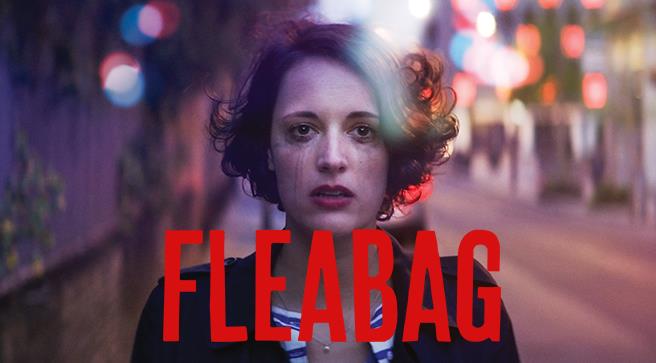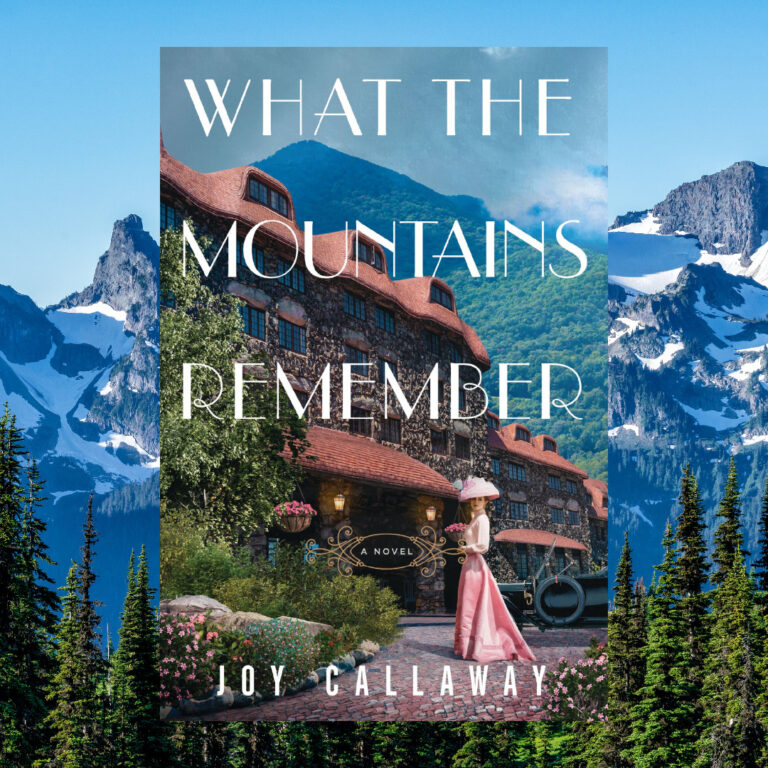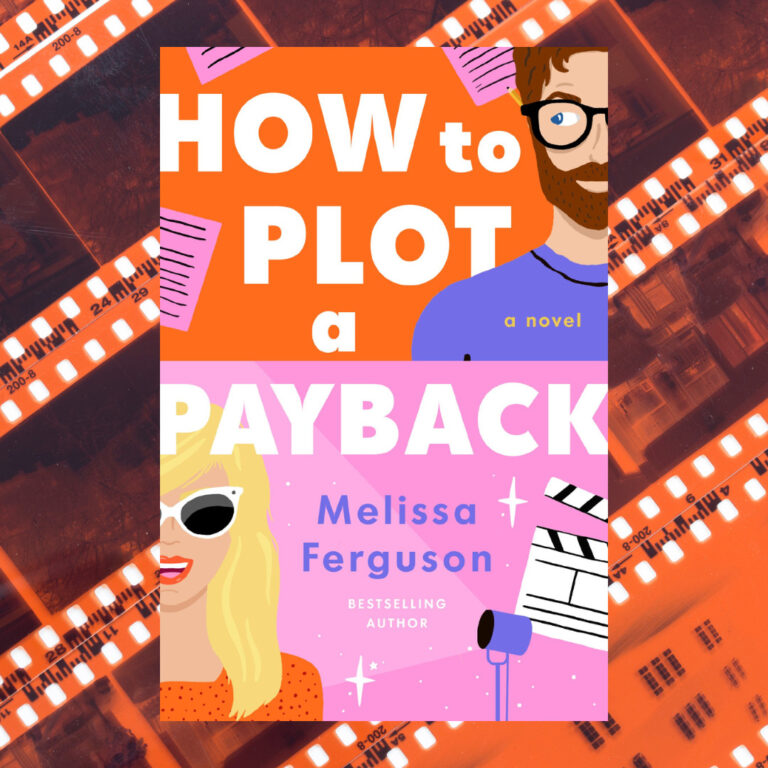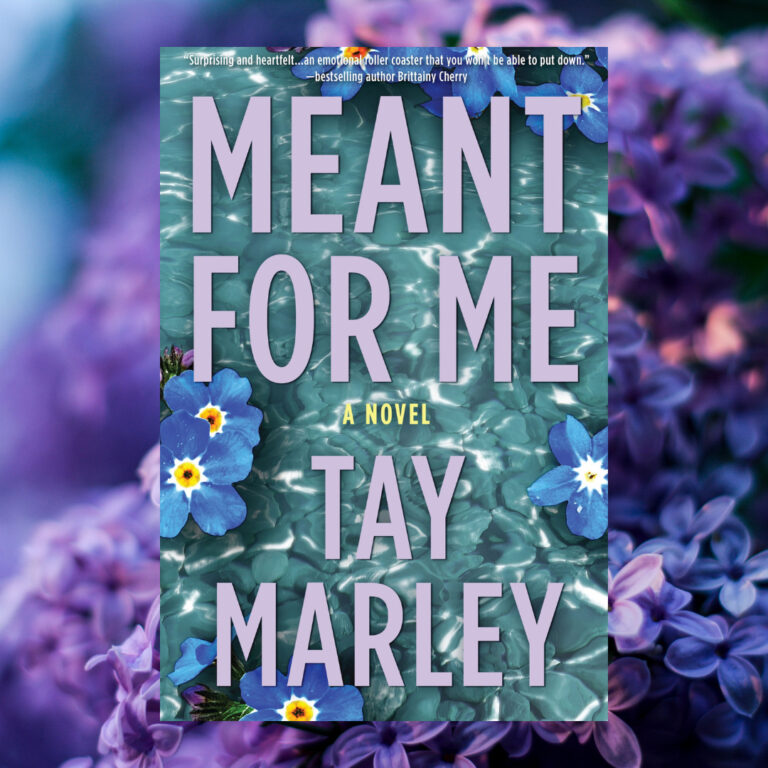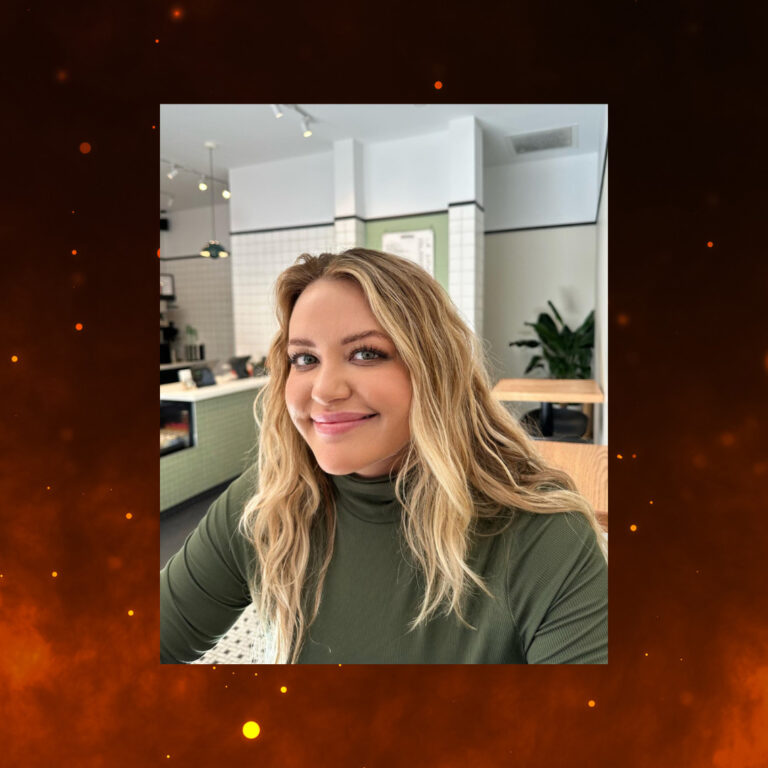At this point, after numerous pieces for this lovely website, it’s probably clear: I really love a good television show. Though I grew up in a time of paranoia about how television numbs the masses and dulls our minds, I entered adulthood during the so-called “golden age of television.”
This opened me up to the realization that television can be vapid and silly, but also beautiful, meaningful, and imbued with literary qualities.
As a means of reflection, I’ve rounded up a handful of shows that made me a better overall media consumer! Some of these are favorites, but it’s not just a list of my most-watched or most-loved. Each of these pieces of television played a role in teaching lessons about what viewers are able to expect and appreciate television from the golden age and beyond.
The Show: Mad Men
The Lesson: There’s A Story Going On Beneath The Surface
As I’ve shared on Frolic before, I wrote my Gender Studies Masters Project on Mad Men and whether its nostalgic visuals could be used to draw connections to the failings of our current culture. Though there are some aspects of the show that age better than others, I’ll always cherish Mad Men for teaching me to look at more than the simple dialogue of a show.
The characters of Sterling Cooper are often only saying or giving away part of what they mean, and they’re not known for wearing emotions on their sleeve. So the show instead relies on musical motifs, editing techniques, and costuming to reveal the true emotional depth of any single plotline.
Want to see what I mean? Check out Tom and Lorenzo’s incredible detailed analysis of the show’s costumes and color motifs in their week-to-week recaps of Mad Men and let your mind be BLOWN by the signifiers Mad Men uses!
The Shows: Fleabag and Crazy Ex-Girlfriend
The Lesson: Theatrical Writing Has A Place On Small Screens
Months ago, I invited my friend Tory over to have a Fleabag Season Two re-watch party. We both appreciated the show and wanted to dive deeper with one another’s perspective. At one point in between episodes, Tory turned to me and said, “This is why more playwrights should be working in television.”
Fleabag’s first season was based on Phoebe Waller-Bridge’s one-woman show of the same name, and the television show became immediately famous for the way the main character breaks the fourth wall and directly addresses the camera. The theatrical origins of this show allowed for character depth, sharp dialogue, and an incredibly strong sense of theme.
Crazy Ex-Girlfriend is another example of television that benefits from theatrical roots. Creator and star Rachel Bloom’s strong relationship to musical theater makes the transition into absurd musical numbers work, which therefore makes the entire show a smashing success!
The Show: Bojack Horseman
The Lesson: It Never Hurts To Look Closer
I could probably write toooooons about Bojack Horseman, Netflix’s animated comedy for adults. It follows in the footsteps of shows like Mad Men in the sense that the main character is an antihero whose journey to improvement always seems to be one step forward and two steps back. Bojack Horseman’s journey includes tons of laughs, but also many serious topics like mental health, addiction, sexual harassment, and more. Oh, and it takes place in a world populated with humans and human-esque animals.
Along with all its musings on the nature of humanity and change, Bojack Horseman taught me to always look closer. Truly, I mean that literally. The show’s animated format allows for a zillion background jokes. Every frame has the potential to be packed with punny store names, reimagined iconic movie posters, an in-universe bourbon brand that sneaks into bar scenes, and scrolling headlines on the 24-hour news that pack a serious punch. Toward the end of the series, there’s actually a moment of on-screen text that makes fun of people who took an opportunity to pause the show and read it.
Bojack’s front-and-center content is amazing on its own…but this show also taught me the lesson that good animation is a gift in the television landscape. It’s nearly impossible to imagine a live-action show managing the joke density and in-universe complexity that Bojack Horseman and similar shows pull off with their animated worlds.
The Show Hannibal:
The Lesson: Even The Grotesque Can Be Beautiful
“Who is even asking for a series about Hannibal Lecter in this day and age?” I mused out loud when the NBC series first premiered.
Turns out, the answer was ME. Bryan Fuller’s Hannibal isn’t just about the sensationalism of murder. Instead, it’s a meditation on psychology, empathy, love, sex, and death. While Mad Men showed me the basics of color theory and editing as tools for good tv, Hannibal took those skills and turned them up to eleven.
The result? Mouth-watering food photography that makes you want to forget what Hannibal is likely eating, set pieces bathed in blue or red for emotional effect, and looooooots of dead bodies that are so artfully designed that they’re more fascinating than they are terrifying.
In short: I already believed television is a legitimate form of art. But Hannibal taught me that good television can also look like art in every scene.
The Show: One Day at a Time
The Lesson: You Can Teach An Old Dog New Tricks
I’ll admit it: I’ve been a bit of a snob about the multi-camera sitcom. While my young adulthood was flooded with single-camera comedies like Community and 30 Rock, the old-school “live in front of a studio audience” sitcom felt dated and artistically bankrupt.
But then I tried out a little Netflix show called One Day At A Time and realized: just because a piece of television uses old filming and screenwriting techniques, it doesn’t mean it’s irrelevant!
One Day At A Time uses the cheesiness, rat-a-tat joke setup and “very special episode,” format to great effect. The performances are hammy but in the most delightful way. And while the show’s style is old-school, One Day At A Time delivers important messaging on important issues. From the fight for LGBTQ rights to the experiences of first- and second-generation immigrants, One Day At A Time taught me to drop my media snobbery and embrace that in life as well as media production, it takes all kinds to make the world better!
Do you have pieces of television or other art that have taught you how to better engage in media? Let Frolic know—we’re always looking for new things to add to our to-be-watched lists!

